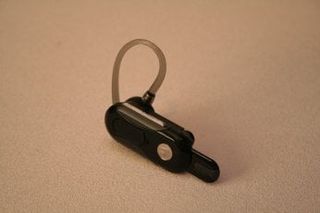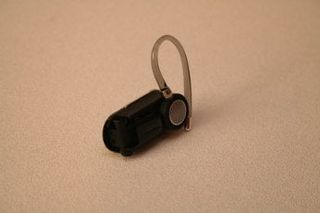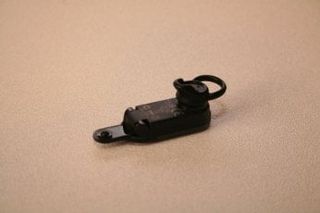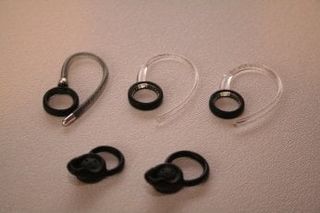Review: Motorola H17 Bluetooth Headset

With Christmas just around the corner, you may be looking for a headset for someone on your shopping list. If you haven’t checked it out already, take a look at the WMExperts Store Holiday Gift Guide. One of the products on the wish list of the illustrious Dieter Bohn is Motorola’s H17 Bluetooth Headset.
Motorola has been making headsets for a long time, and its product line includes some pretty impressive options. The H790 and the H15 are both solid headsets that we’ve reviewed in the past. The H17 takes a lot of design cues from the H15, most obviously the hinged boom microphone that doubles as a power switch.
Hit the link for my thoughts on the H17.

Design
As I mentioned, the hinged microphone is a fairly unique design feature. When flipped open, the headset powers on; when closed the H17 turns off. This may seem like a fairly gimmicky feature, but it really makes it easy to toggle the headset on and of.
The buttons on the headset are adequate, but not really anything to write home about. The volume control is on the top of the headset, but the controls are a little small for my taste. The call button is on the outside of the headset, and is sized well, but it doesn’t have much travel, making it a little bit difficult to use.

Usability
One feature that you won’t notice until you actually start using the headset is that Motorola included voice cues to assist you in configuring and using your headset. When first powering up the headset, you are greeted with a voice telling you to initiate the pairing sequence on your phone. Once the pairing is complete, your headset will tell you. Every time you power up the device, you are told the status of the Bluetooth connection and the battery level. These are simple things, but really make the headset intuitive and a pleasure to use.

Quality
Sound quality on the H17 depends a little bit on which earpiece you use. The headset comes with three ear hooks, and two ear “cushions.” In what I consider a weird design move by Motorola, you cannot use the hooks and cushions together. The ear cushions are designed to be worn without the ear hooks, and feature a diagonal channel that fits down into your ear to both funnel the sound and secure the headset. The thing that is really interesting is that the ear cushions actually fit all the way over the speaker, partially shielding the sound.
Get the Windows Central Newsletter
All the latest news, reviews, and guides for Windows and Xbox diehards.
Noise cancellation using Motorola’s CrystalTalk technology is included, and utilizes dual microphones in an attempt to filter out extraneous noise. I’d say that the actual performance of the noise cancellation is what you would expect from a midrange Bluetooth Headset. Don’t expect the sound quality that you would expect from a Jawbone or a Plantronics Voyager Pro, but it is pretty decent and will serve most people very well.

Conclusion
This headset is perfect for people have a little trouble navigating their headset by deciphering the blink codes that an LED puts out. The voice cues and the flip action microphone make this a very simple headset to use. The included ear hooks and cushions allow you to customize the fit to meet your personal preference, though I would have liked being able to use them together.
The down side is that for the same price ($89.95) you can get a headset with better sound quality like the Voyager Pro, but the difference is all about what you want in your headset. If your priority is for a lightweight, easy to use headset; the Motorola H17 is the perfect choice.
Phil is the father of two beautiful girls and is the Dad behind Modern Dad. Before that he spent seven years at the helm of Android Central. Before that he spent a decade in a newsroom of a two-time Pulitzer Prize-finalist newspaper. Before that — well, we don't talk much about those days. Subscribe to the Modern Dad newsletter!

